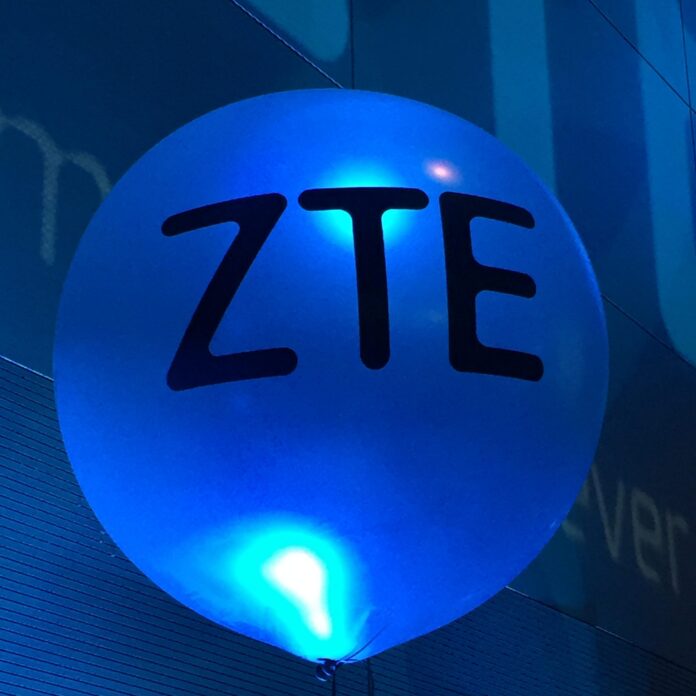ZTE scoping out what 6G will look like
Chinese vendor ZTE expects 3D-connectivity, intelligent MIMO, on-demand topology and on-demand artificial intelligence will represent the essential enablers of future 6G networks, the company’s spokesperson Jason Tu, told RCR Wireless News.
ZTE’s 6G research team also considers that the intelligent radio, the intelligent coverage, and the intelligent evolution would be the essential featues of the 6G network architecture, the executive said.
“ZTE’s 6G mission is to connect the physical world with the digital world intelligently. The Internet of Perception, the Internet of AI and the Internet of Industry will enable new services, which may be born in the 6G era.
“ZTE is engaged in the complete research works on the 6G traffic and requirements, 6G network architecture and 6G key enablers.
ZTE has established the specific 6G team in 2018 and set up five joint innovation centers with Chinese top-level Universities, focusing on the fundamental science and engineering aspects of 6G, including 6G network architecture, new spectrum, new air interface, and integration with artificial intelligence and blockchain, together with 6G related cutting-edge basic materials and devices.
Earlier this month, ZTE and compatriot carrier China Unicom had reached an agreement for the development of 6G technologies.
Based on China Unicom’s network, both companies will jointly explore the prospect and technical trends of 6G. According to the industry, 6G technology is expected to be commercialized around 2030.
Under the terms of the agreement, ZTE and China Unicom will carry out cooperation on 6G technological innovation and standards while actively promoting the in-depth integration of 6G with satellite networks, the internet of things (IoT), the internet of vehicles, and industrial IoT.
Moreover, the two parties will conduct joint research on the potential key technologies of 6G, including three dimensional connectivity, terahertz communication, and the integrated communication and sensing. ZTE and China Unicom will also verify the feasibility of these technologies through both the verification tests and the prototyping trials to achieve the 6G network performance targets, such as the peak data rate of 1 Tbps, the user experienced data rate of 20 Gbps and the volume traffic capacity of 100Gbps/m3.
China had officially started researching 6G technology in November 2019, a few days after state-run telecom operators launched 5G networks in the country.
The Ministry of Science and Technology said that it expected to set up two working groups to carry out the 6G research activities.
One group will consist of relevant government departments responsible for promoting how 6G research and development will be carried out. The other group will be made up of 37 universities, research institutes and companies, which will exclusively focus on the technical side of 6G technologies.
However, the Chinese government believes that there is still a long way until 6G technology can be defined. Vice Minister Wang Xi of the Ministry of Science and Technology said: “The initial stage and the technical route [of 6G]is still not clear, and the key indicators and application scenarios have not been standardized and defined.”
China is not the only country to be actively researching on 6G technology. Countries like Japan, Korea and Finland all have research projects underway into the next generation of wireless technology.

